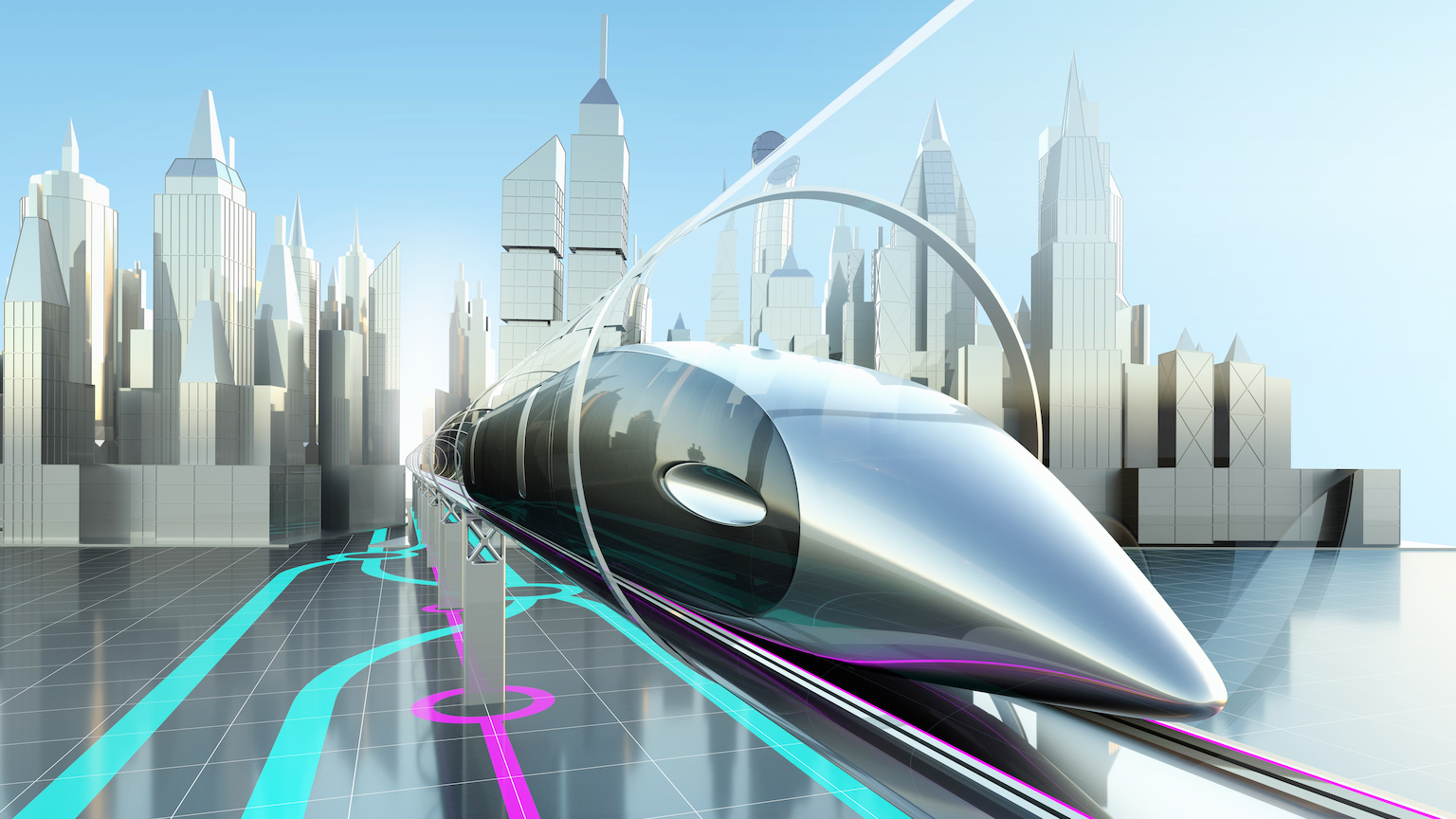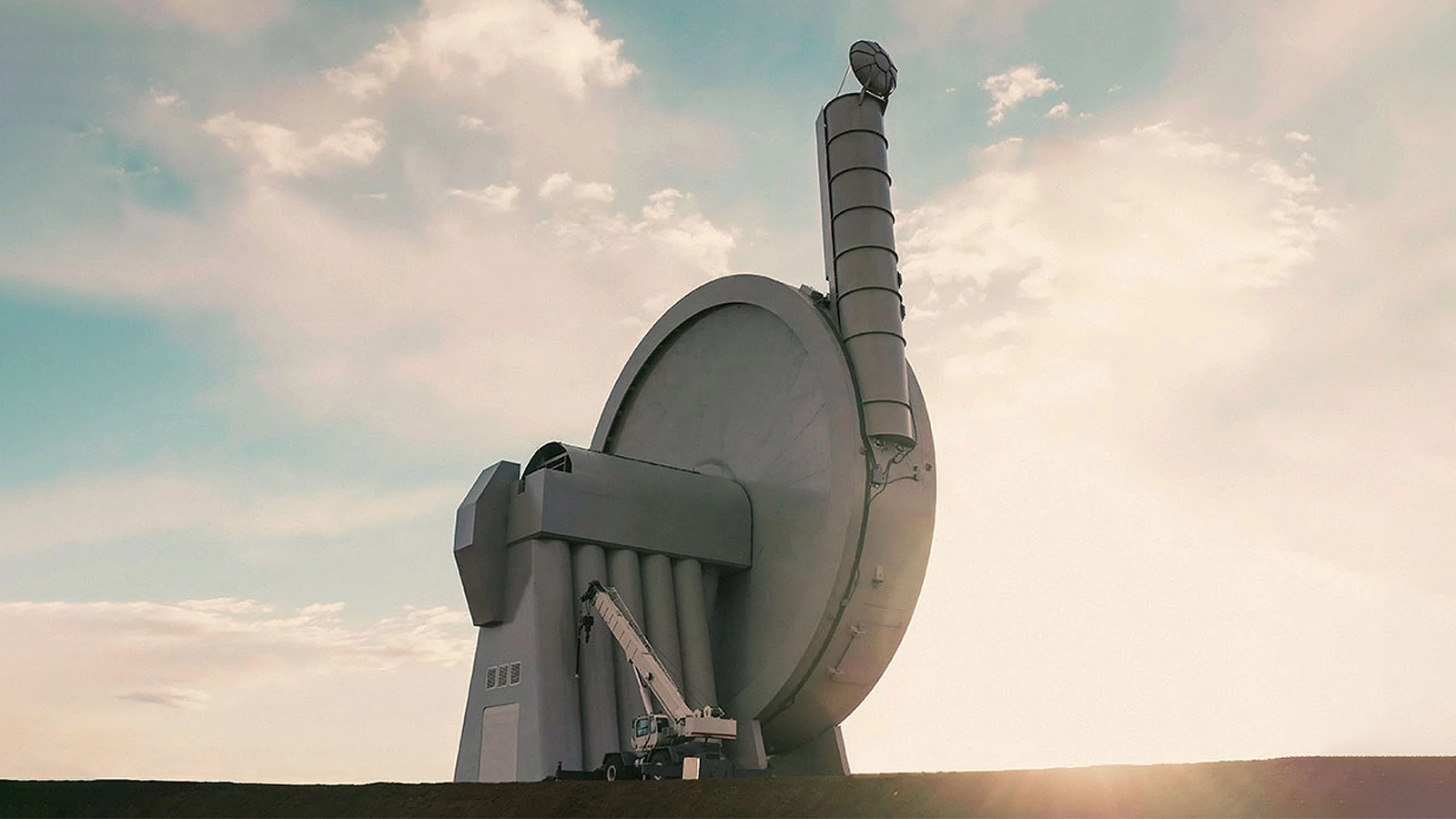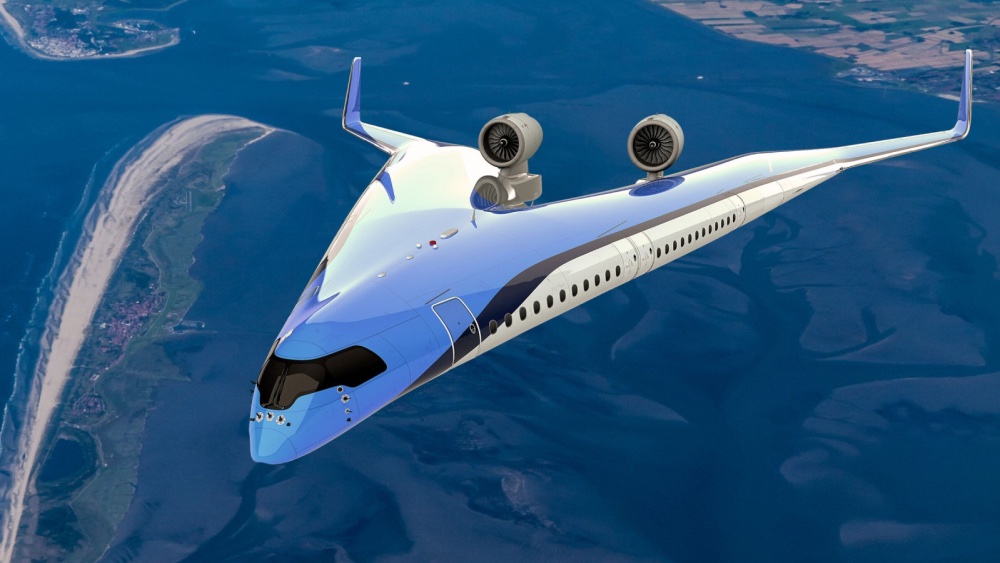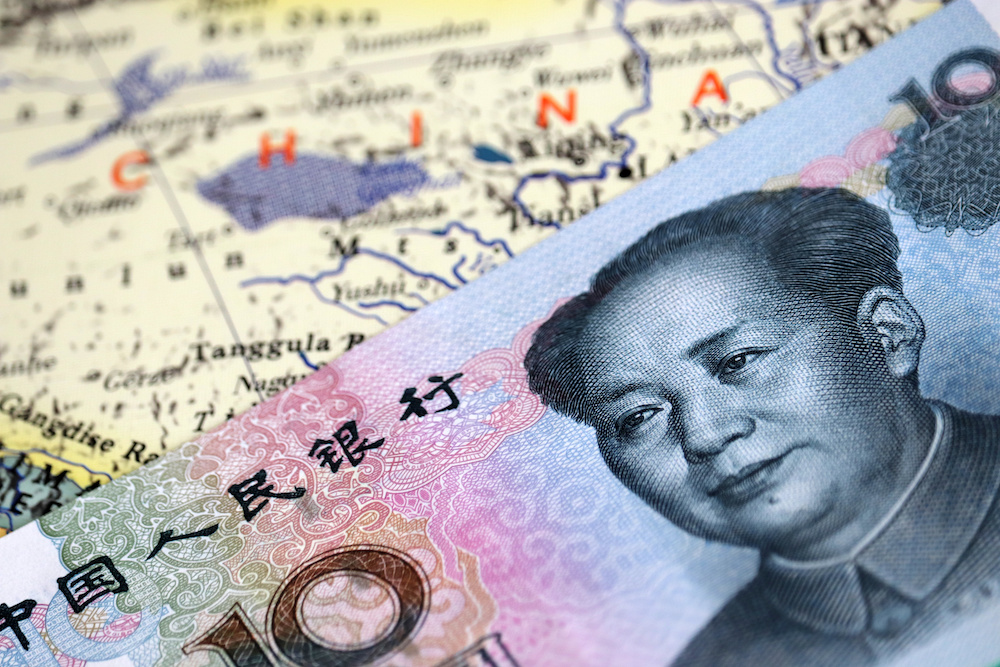The Future
All Stories
It has no moving parts and could allow us to tap into renewable energy year round.
In a major advance, scientists have found a new and groundbreaking way to force electrons to flow only in one direction in a superconductor.
The Hyperloop is physically possible, but engineering challenges will make its construction very difficult. Also, accidents would be catastrophic.
Now they’re pointing the way to future battery technologies.
But does Amazon know when you’re tired or hungry?
Capturing energy from clubbers could help power homes and buildings.
Meet the power plant of the future.
Today, we could use Big Data to radically reform democracy. Tomorrow, we could build nanofabricators and usher in an era of abundance. Is society ready?
Nanofabricators could quickly synthesize whatever we need, molecule by molecule.
The metaverse may leave us perpetually unsure whether the people we encounter are authentic or high-quality fakes.
Spin, spin, spin — fire! The startup’s radical system could make satellite launches cheaper and cleaner.
A lucky discovery involving lithium-sulfur batteries has a legitimate chance to revolutionize how we power our world.
If the metaverse is money, then companies will certainly want to play, too.
A community in Austin, Texas is using geothermal energy to keep homes warm in the winter and cool in the summer.
One research group’s AI-based drug discovery platform could be redesigned to discover VX nerve agent and 40,000 similar chemical weapons.
A radical redesign of commercial aircraft, called the flying-V plane, could increase fuel efficiency by 20%, greatly reducing emissions.
Until robots understand jokes and sarcasm, artificial general intelligence will remain in the realm of science fiction.
Michio Kaku predicts, among other things, how we’ll build cities on Mars and why cancer will one day be like the common cold.
Aerial drone footage was sent to an AI trained to track down space rocks.
Discussions of human evolution are usually backward looking, as if the greatest triumphs and challenges were in the distant past.
Using cellulose from trees and a synthetic polymer, MIT researchers have created a material that “is stronger and tougher than some types of bone, and harder than typical aluminum alloys.”
Edible electronics, devices that can be broken down and digested, could perform many useful functions inside the body.
A computer that could decidedly pass Alan Turing’s test would represent a major step toward artificial general intelligence.
Some economists predict China’s economy will overtake the U.S. economy by 2028.
The knobby starfish skeleton has diamond-like properties and could inspire new designs for lightweight, highly resilient ceramics, with widespread applications in engineering and construction.
According to surveys, approximately half of artificial intelligence experts believe that general AI will emerge by 2060.
Outfitted with wheels and rotors, the bot can morph from a land drone into a quadcopter in seconds.
Historically, periods of mass flourishing are underpinned by technological revolutions. Currently, we are undergoing a technological revolution unlike anything the world has ever seen.





























